Sound
Firstly, and most importantly, the H1 spits very little hiss from any of its ports. It bests HILO by a noticeable margin, particular when listening to sensitive earphones and the few truly sensitive headphones on market. Like HILO, it uses a perfectly balanced pentameter. At its minimum volume setting, the H1 outputs a small amount of voltage, the likes of which you might find perfect for the extreme low-level listening typical of your hush-hush bedside rig.
How well the H1 keeps stable voltage between loads deserves a page or two of excited banter. Not from me, though. I don’t mean to demean the HILO by way of comparison. HILO is stable, don’t get me wrong. It’s just that going between two of my favourite phones, the Grado PS1000 and Ocharaku’s KURO, there is less of a volume jump between the two headphones and even smaller frequency shifts through the H1.
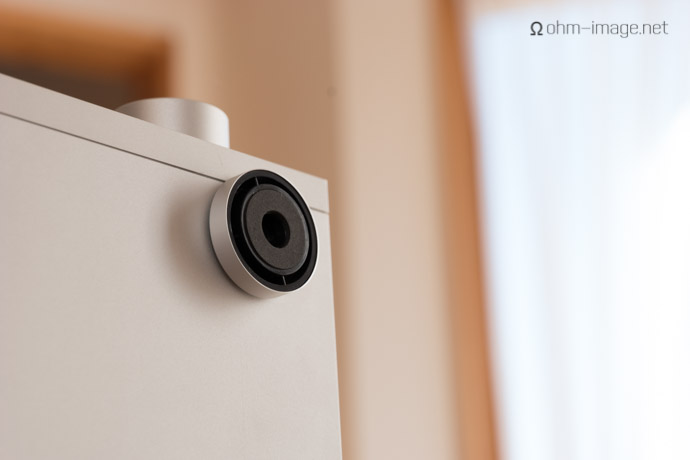
As a headphone amp, the H1 is stable. It is also clean. It is brighter sounding than HILO and because it hisses less, low volume listens through sensitive earphones reveal more detail. Highs are its particular specialty. They are spacious, devoid of ring, and serve up incredible spatial detail. High mids serve up almost as much of a good thing, though I’m in a debate with myself about which is the H1’s trademark.
Let’s leave that for now to talk sound stage. The H1 serves up a wide, nearly flat-field stereo image to every frequency. That is, bass, mids, and highs push almost equal stereo pressure into most loads, all the time. The only tick appears in the upper midrange under extreme low-Ω loads, and even then, only just. This flat-field stereo load allows for loads of depth in each frequency, and an image that can wrap behind your head. It isn’t as wide as LinnenberG’s Vivace, but it is both wider, and its high frequency stereo image is brighter and more textured than HILO’s.
A benefit to a really flat-field sound stage is that it dredges out as much detail as possible from truly dynamic passages. Its open and free bass buttresses up the mids rather than throttling them from a centrally congealed ball of boom. Mids are open, bass-warmed, and in turn, supportive to the H1’s clear, textured high end.
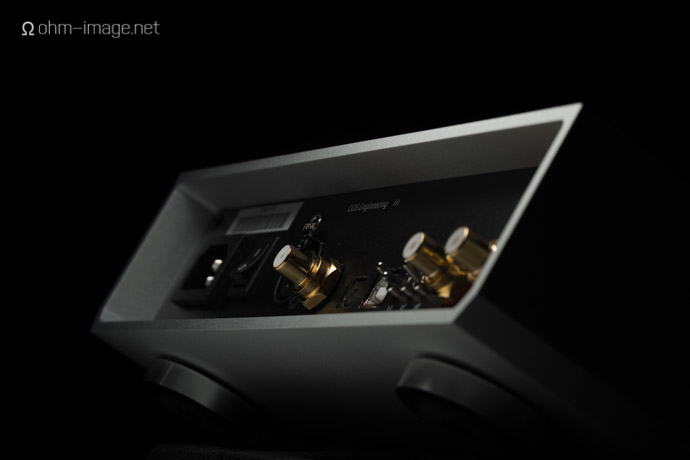
If you like to listen loud, rest assured that the H1 has the stuff. I’ve tracked it hitting 118dB SNR and 102dB DR. Under load, those numbers rise by a maximum of 70%, which is completely atypical. HILO’s base THD rises by almost 600% under the load of an Earsonics SM2, and its IMD almost doubles. Many amps do far, far worse.
Not that you should think of the H1 as a metric superstar. It isn’t as crazily detailed as Vivace. It is warmer and more detailed up top, and presents far more spatial detail between frequencies. On balance, the H1 sits between the crazy numbers-game performance of Vivace and the warmer, NOS-sounding HILO. Of course, it hasn’t Vivace’s mild low-pass filter. Its highs therefore are clearer, and more extended.
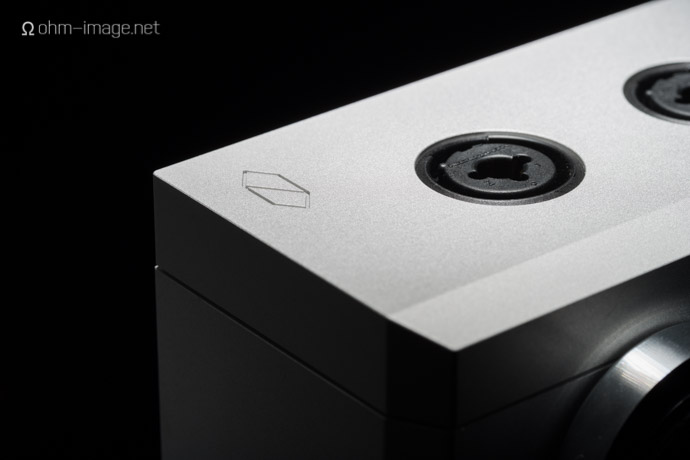
The H1 gets marginally louder than the Lynx HILO, which means that it will power most non-sensitive headphones well. However, it may not be able to bleed out your ears when attached to headphones that fall below 80dB sensitivity. For the 99%, it will not only power them, it will power them across the board perfectly.
But if you already have a great amp, or one you cozy up to for nostalgia’s sake, the H1 will serve you well. Not only does its DAC kick out a high quality signal, its line out is powerful and of good quality. It is noise-free, solidly built, and from both its RCA and XLR’s, slaved to a solid, powerful, main signal.
Finally, I should mention its other outstanding feature: 3-pin x2 balanced XLR headphone output. As you can guess, in the middle, you can shove 6,3mm jacks for dual concurrent stereo output. The H1’s balanced output is good. It yields measurable improvements in stereo separation and dynamic range. The former is audible, and a powerful argument for the wiring your favourite headphones for balanced listening.
That said, I tend toward simplicity and utility. Plugging and unplugging into the 6,3mm stereo jacks is how I spent most of this review. And yet, no matter how small, stability improvements thanks to balanced output are real. They well recommend the H1.
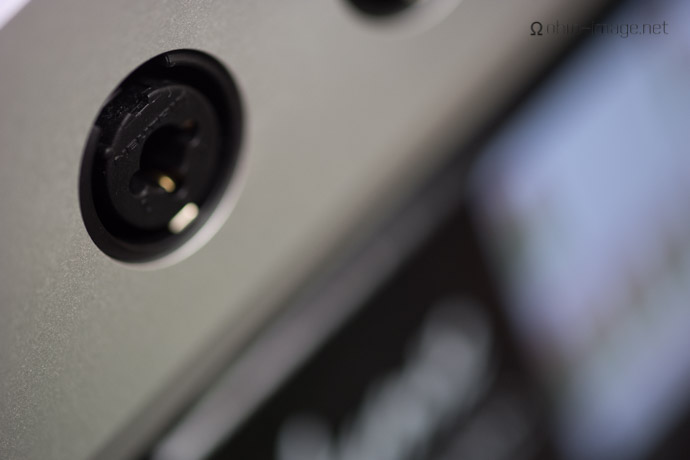
The meh
While the H1’s guts flawlessly up sample, it would be nice to see details such as bitrate, file type, and more, show on the display.
End words
The Cos engineering H1 is a well-designed, well-implemented DAC with a good to great headphone amp. It is solid. You could throw it through the thing you threw though a tank. You could park a tank on top of it. Or, you could park it on your desktop, either feeding a favourite downstream headphone amp, or driving your favourite headphones. Its detailed and textured high-range really makes you feel there.
Well done.








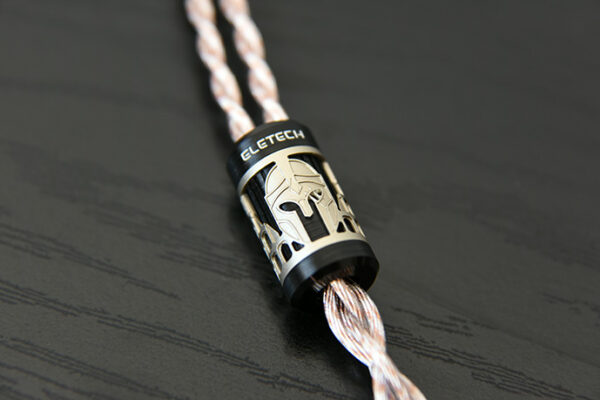
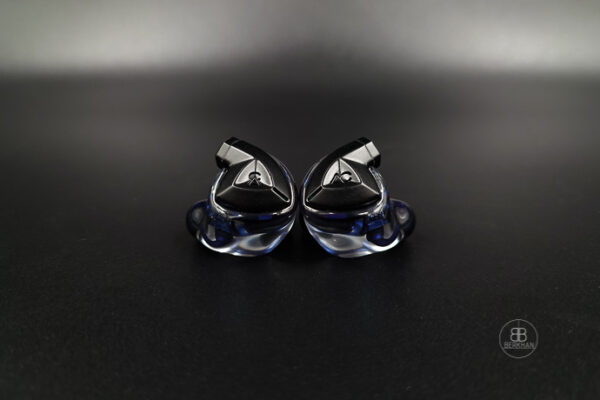
W.H. Lin
Hello Nathan,
As an OCHARAKU fan & COS H1 owner, I’ve to say that we both have many common preference.
The COS H1 is a very surprising DAC/Amp. I really love its clear & bright sound. The amp part of it is quite good enough. However, the DAC part is more outstanding in this price range!!! The COS H1 is indeed a game changer.
Brams
I took a chance on this unit based on an early review and could not be happier. It makes every thing I have thrown at it sound great. The level of detail, tonal balance and overall natural presentation is unmatched in my experience and the dac section is really something special.
Currently I switch between Focal Utopia, Lawton modded Th900, AKG k701, Technics EAH-T700, Noble k10au and Etyomtic ER4S and the H1 clearly brings out the best qualities of each.
Very happy to see this unit finally getting the recognition it deserves!
ohm image
Sorry this is late, but so glad you enjoy the H1 and that this review was helpful.
YYW
I don’t think the Vivace has a low pass filter. I believe you meant to say its the bass is slightly lighter or less impact or slightly rolled off.
A low pass filter is an active stage or circuitry or digital filter (in a DSP, DAC, amp, or driver crossovers) meant to allow low-frequency to pass and reduce/cut off high high and mid frequencies.
And don’t write like 6moons—it’s difficult to read with all those flowery prose that is difficult to understand. (-_-)”
ohm image
I have one sentence that reads like gobbledygook. The rest is pretty intelligible. The moment I dive to 6moons levels of unintelligibility is the moment you can end my life. Permission granted.
omid
How do its inputs fare? I am looking for a source to pair it with, and was wondering gow its AES + RCA inputs fare compared to USB.